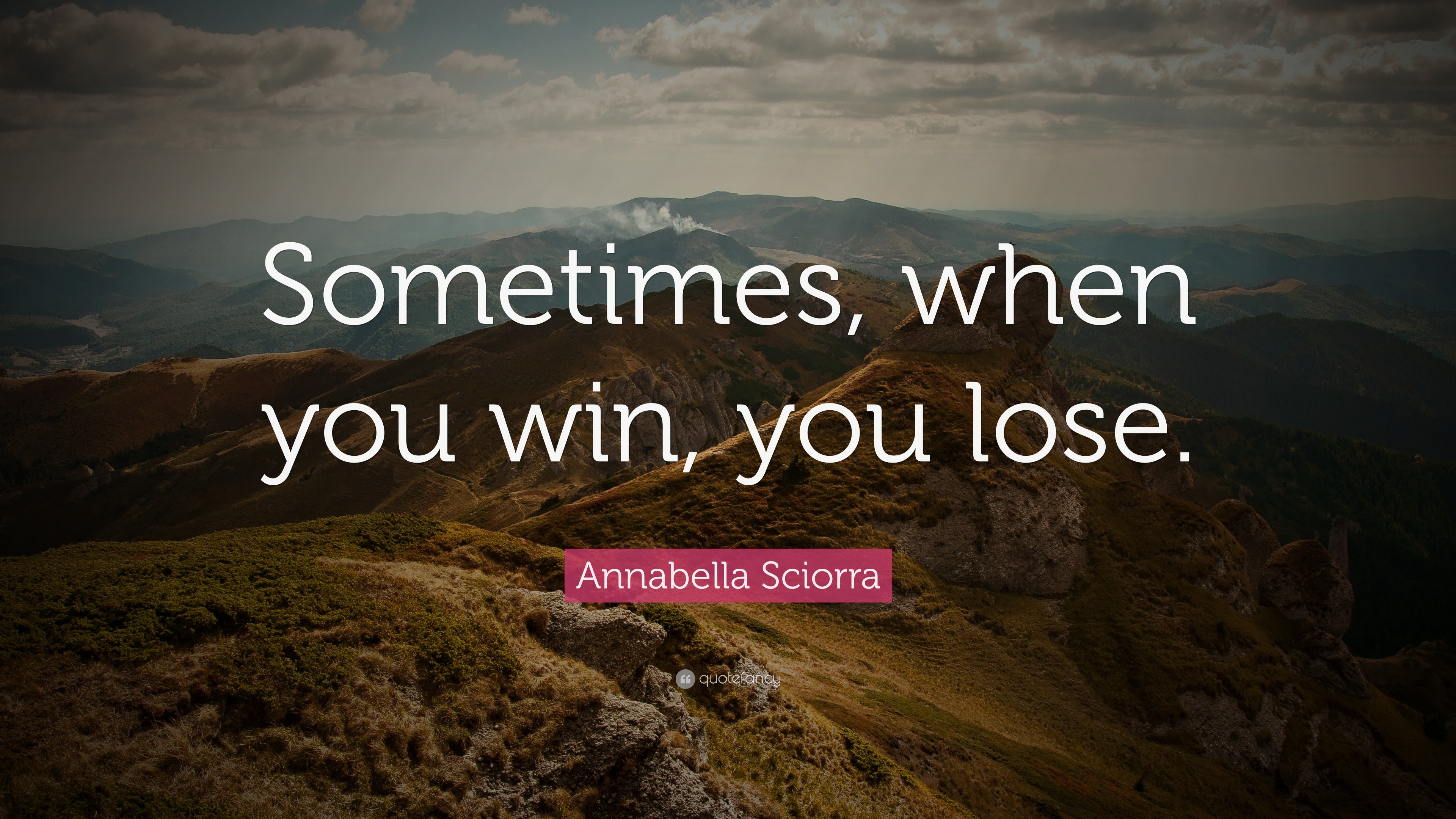
Today in my 6th-grade class I taught my favorite lesson for that course. It becomes a microcosm of all we see online and in society and the kids end with a surprise twist they aren’t expecting. It’s a modified version of a great set of resources from Common Sense media called Trillion Dollar Footprint.
The lesson starts by introducing concepts of digital presence and a digital footprint. They think about what their online information says about them and what they would want it to say about them.
Then they take two candidates who they are evaluating to be the host of a web show. Each one shows five online items found by our “HR Department” and they are supposed to evaluate them based on honesty and ability to work with others. Their online information provides some glaring holes and major question marks about both characters.
After they carefully comb through we evaluate the evidence they have found for and against each candidate. Then I ask them to describe the candidates in one word. “Liar, cheater, lonely, fake, drug user, scam artist, stupid” the list of negativity goes on and on. Here’s where it gets good and takes a sharp turn.
In the previous class, we focus on identifying how easily information on the internet can be incorrect (Tanks Julie Smith !). In this class, the students then use information from the internet and I gently but purposely whip them into a frenzy of negativity about two (admittedly fake) people whom they have never met. We allow this to happen so easily on the internet and spill into our real lives. Here we are, just as so many people do in the real world, taking a microcosm of evidence and creating an incredible negative persona from a few posts on the internet.
I leave them with this thought. How easy was it for me to turn them against these two strangers? If I found the five worst things I could about you on the internet, I am sure we could all sit here and rip you (or me) apart. Does that define who we are? Should it?
This lesson isn’t just about being aware of what we put out online, but more importantly being aware of our own judgements, our own snap decisions, our own biases, in order to refrain from taking what could be a mistake, an isolated incident, or a complete misunderstanding without context, and creating a mob. Yes be smart about what you put out, but also be smart about what you take away.

 I have spent most of my life living with in a bike ride of the Atlantic Ocean. Growing up, and living now, in a beach town in southern New Jersey I have learned many things. I have written about how my summer jobs in restaurants have made me a better teacher, I have had a summer job since I was 13 years old. (Yes, I know I was supposed to be 14, but I wanted money for a stereo…) While I have had ups and downs working the summer months while many teachers spend their time refreshing and rejuvenating from a long year, I have spent almost ever summer for 2/3 of my life working in the summer. While the work was a change of pace and at times I enjoyed the restaurants in which I worked or the people with whom I worked, I have never felt excited about summer work. This summer, however, I am in a different place.
I have spent most of my life living with in a bike ride of the Atlantic Ocean. Growing up, and living now, in a beach town in southern New Jersey I have learned many things. I have written about how my summer jobs in restaurants have made me a better teacher, I have had a summer job since I was 13 years old. (Yes, I know I was supposed to be 14, but I wanted money for a stereo…) While I have had ups and downs working the summer months while many teachers spend their time refreshing and rejuvenating from a long year, I have spent almost ever summer for 2/3 of my life working in the summer. While the work was a change of pace and at times I enjoyed the restaurants in which I worked or the people with whom I worked, I have never felt excited about summer work. This summer, however, I am in a different place.


 Last night I went to the premiere night of Avengers Endgame. Despite my love for this film and the Marvel Comic Universe, that isn’t what we are going to talk about.
Last night I went to the premiere night of Avengers Endgame. Despite my love for this film and the Marvel Comic Universe, that isn’t what we are going to talk about.
 Every year I’ve been in Middle School I’ve taught presentations. I teach them how to create visually engaging slides, how to tell a story through those slides, and how to weave in their content. I do this in part because I have seen just how bad presentations can get, and I have seen just how important communication can be for creating opportunities.
Every year I’ve been in Middle School I’ve taught presentations. I teach them how to create visually engaging slides, how to tell a story through those slides, and how to weave in their content. I do this in part because I have seen just how bad presentations can get, and I have seen just how important communication can be for creating opportunities.

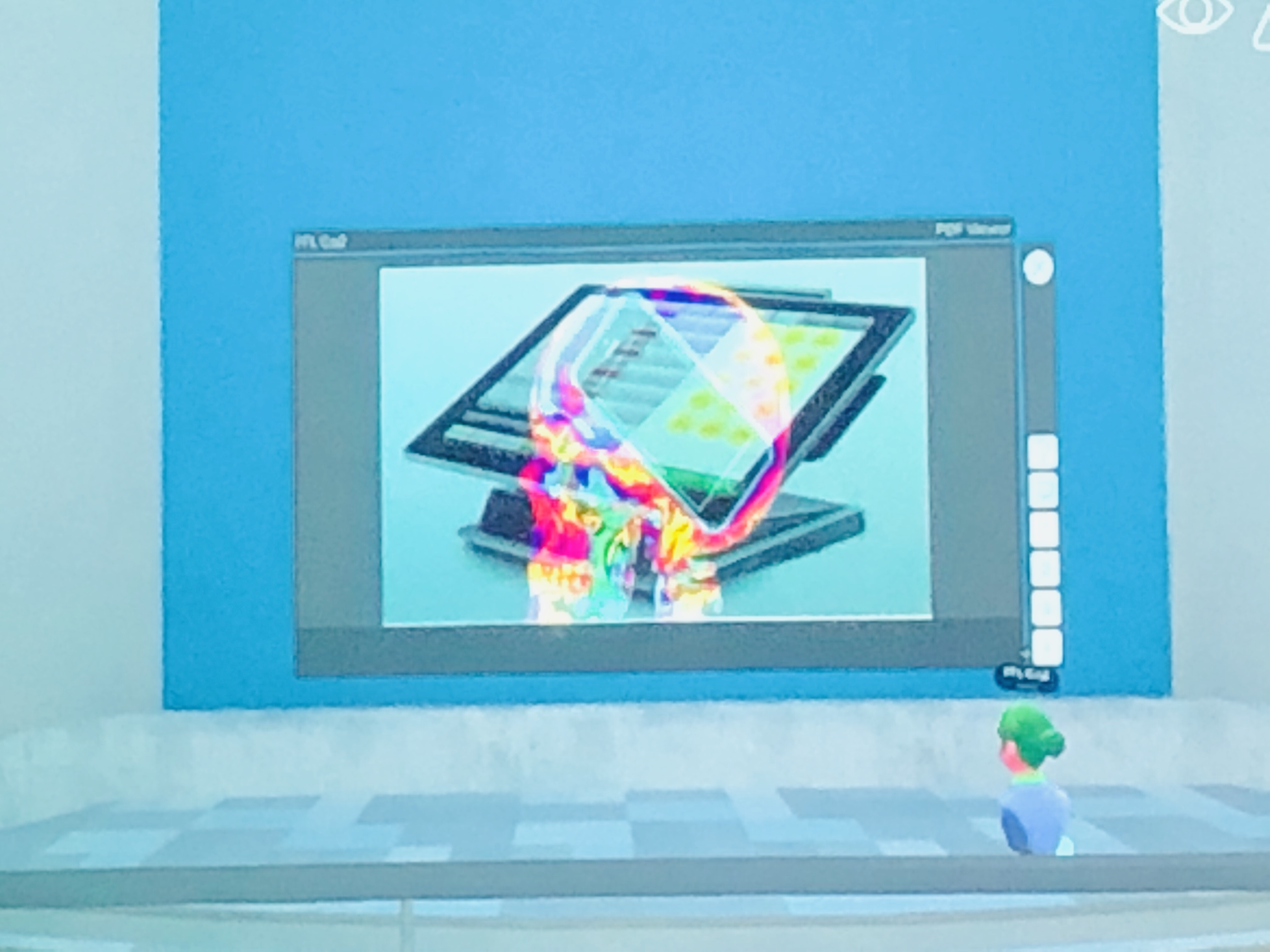
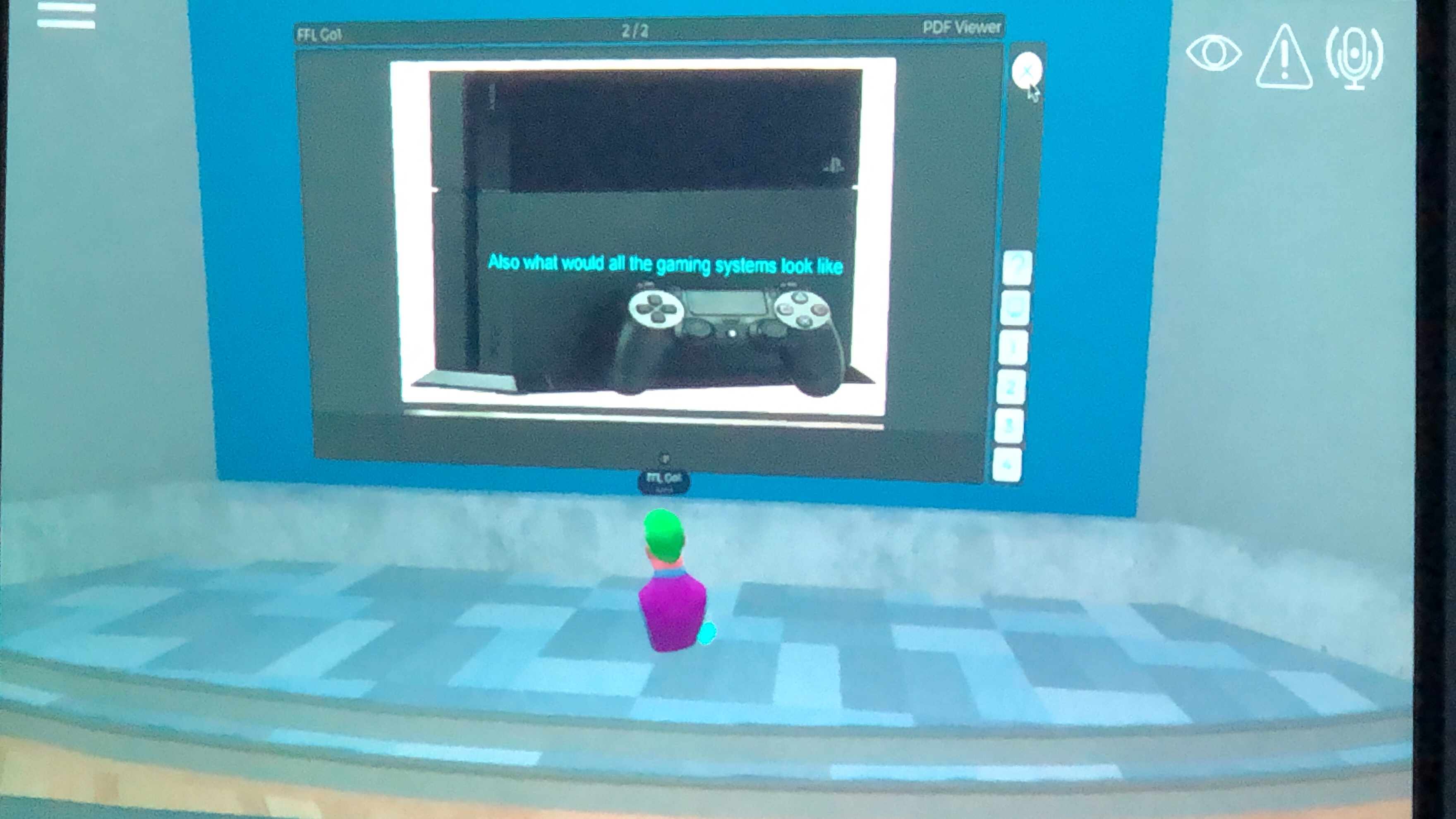

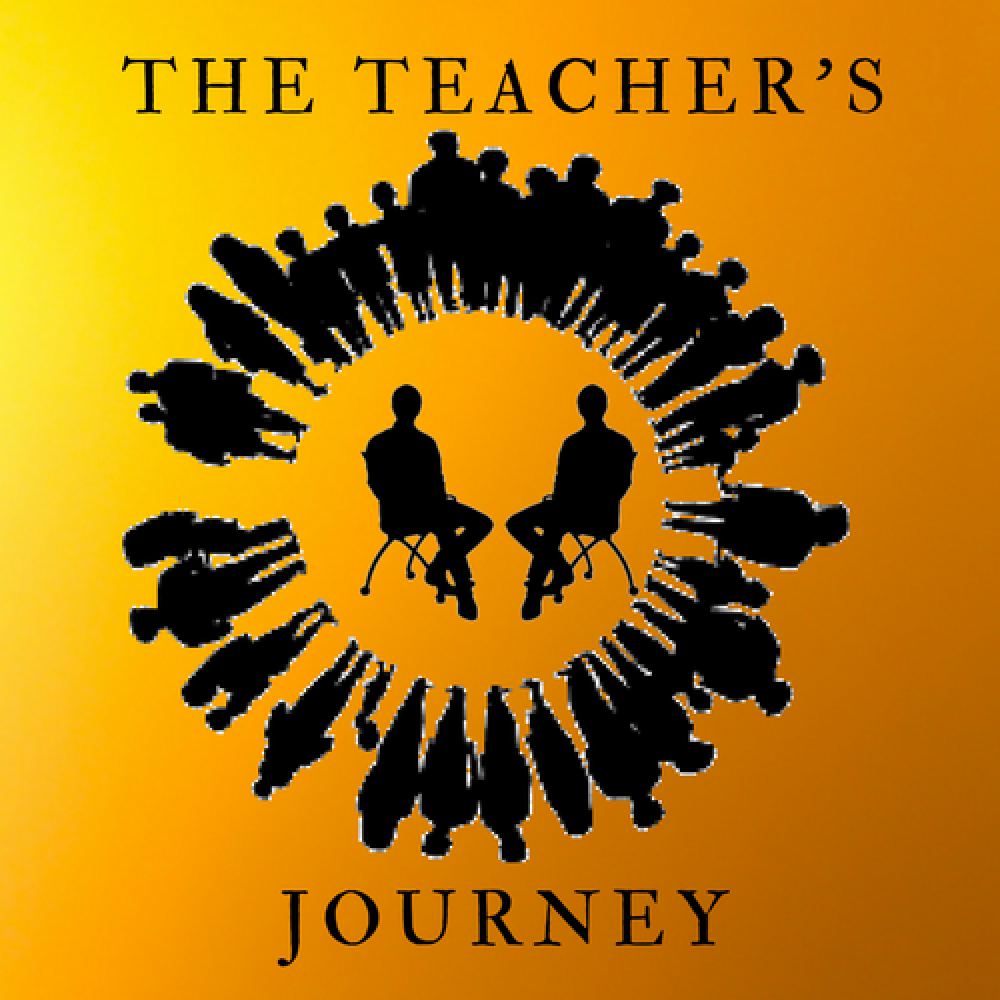 Mentoring is one of the most critical aspects of building the education profession and ensuring both new and existing teachers are successful. Yet most schools look at mentoring as a list to be crossed off. Yes, they will say they place a certain level of importance or take pride in their “mentoring program”, but the reality is, they are just putting an “X” in the box for their legal requirements. I am sure this last statement has offended some people. Good. The vast majority of education does mentoring all wrong and it has been contributing to some serious issues in education, specifically, teacher burnout.
Mentoring is one of the most critical aspects of building the education profession and ensuring both new and existing teachers are successful. Yet most schools look at mentoring as a list to be crossed off. Yes, they will say they place a certain level of importance or take pride in their “mentoring program”, but the reality is, they are just putting an “X” in the box for their legal requirements. I am sure this last statement has offended some people. Good. The vast majority of education does mentoring all wrong and it has been contributing to some serious issues in education, specifically, teacher burnout.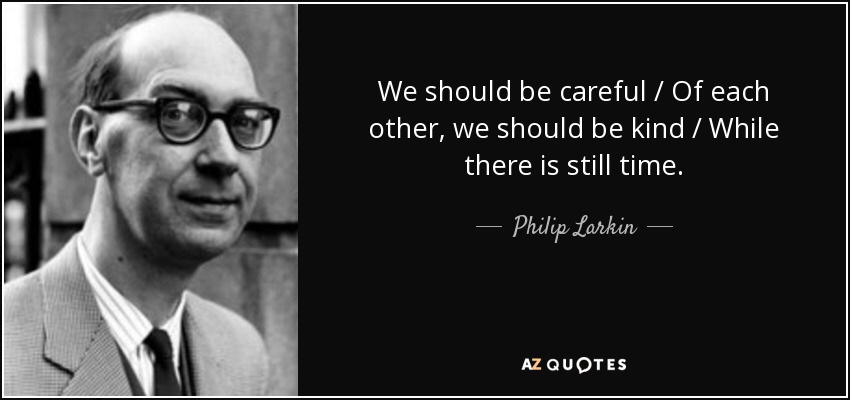
 This is the image we are referring to when we talk about being in the classroom? Are our students fellow soldiers? Are they the enemy? Are they the artillery fire? When we refer to classrooms as “In the trenches” we are basically calling our workspace a living hell. Even on my worst day in the classroom, I have NEVER felt that my workspace was as bad as the unimaginable horrors of living and fighting in the actual trenches. The more we talk about our workplace like these incredibly awful scenes, the worse it reflects on our schools, our kids, and ourselves. Stop telling people you are “in the trenches” you aren’t making yourself sound heroic, you are making your school and your kids sound like a nightmare.
This is the image we are referring to when we talk about being in the classroom? Are our students fellow soldiers? Are they the enemy? Are they the artillery fire? When we refer to classrooms as “In the trenches” we are basically calling our workspace a living hell. Even on my worst day in the classroom, I have NEVER felt that my workspace was as bad as the unimaginable horrors of living and fighting in the actual trenches. The more we talk about our workplace like these incredibly awful scenes, the worse it reflects on our schools, our kids, and ourselves. Stop telling people you are “in the trenches” you aren’t making yourself sound heroic, you are making your school and your kids sound like a nightmare.